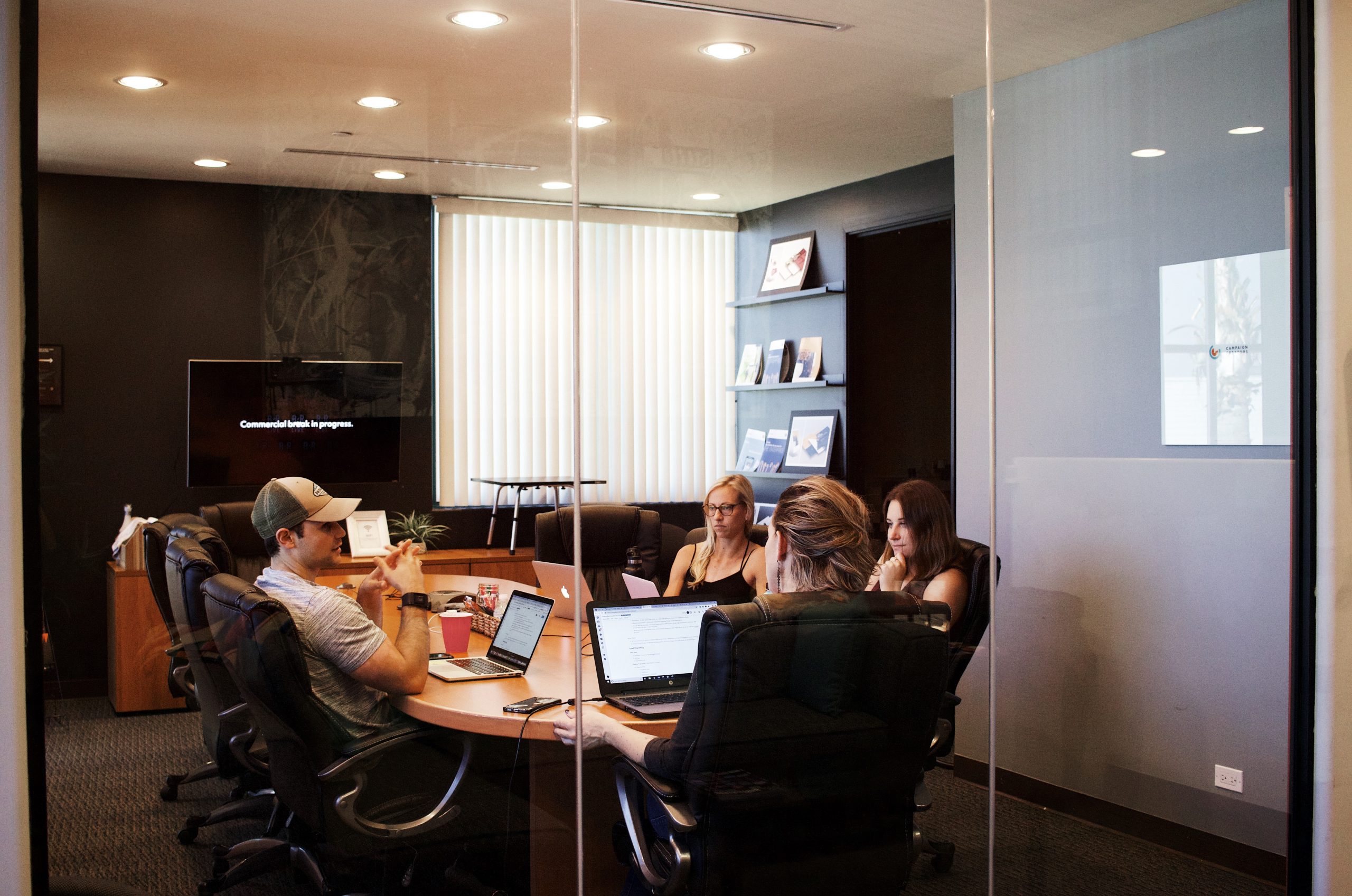Over two years ago the world of work shifted almost overnight. The home became the office for many. Whilst it was a novelty at first, it quickly became deeply ingrained in the national psyche. So much so that whilst most aspects of normality returning were celebrated, heading back to the office was not embraced with open arms by many. In fact, our research highlighted that six-in-ten (58%) workers now prefer to work from home to the office.
With expectations shifting, working in the office needs to be an enjoyable prospect to tempt people back into the fold. In an effort to curb the great resignation, organisations need to re-design their office space to become an environment that is suited to the hybrid working style craved by workers in this post-pandemic era. So what is it staff want most from their hybrid working space?
Why do employees want to return?
The first thing to address is why are organisations going through all this effort? There are many selling points to coming back to the office for both the organisation and the employees. Culture is a very important part of returning to the office, globally 30% of employees feel more connected to culture when in the office. Steelcase’s global study found that enjoying working in the office has the biggest impact on engagement, connection to culture and productivity. Shaping spaces and environments that people want to work in can positively impact all these factors, 28% of people also shared that enjoying working from the office contributed to them staying in the workplace, only second to tenure. Around the world, people enjoy being a part of the environment in their workplace and the space and design contributes to this satisfaction.
What employees want
One of the most appealing attributes of home working for two-thirds (65%) of UK employees today is to have a dedicated space for work. However, the norm is anything but. In most offices, the majority (59%) have desks in open areas, offering minimal privacy. Giving employees their own space in the office is therefore an important part of creating an environment they want to be in.
One thing workers obviously struggled with at home is the ability to work and collaborate with others. Data showed that 64% of workers value hybrid collaboration spaces. Yet, for many, traditional hybrid collaboration spaces come with too many inconveniences. Not least of which the inadequacies of the technology. However, the biggest issue with such spaces sits more in the design. Nearly half of people think the spaces are too small to work collaboratively in and can be noisy. These issues need to be addressed.
Tried and tested
Employers need to try and earn the commute of workers if they want them back in the office. To do so, there are several different types of hybrid meeting spaces that can be used. The main ones are an one-to-one enclosed meeting space, using a virtual kiosk for hybrid collaboration with Logitech MeetUp tech, an enclosed collaboration studio using Microsoft Teams and an open collaboration space that has a lounge feel to it.
All three spaces work in different scenarios that may occur in the working day. The one-to-one space works well for short, private meetings away from the normal, open working environment. The collaboration studio creates a space that succeeds when working with team-members in person and remotely. The open collaboration space creates a more casual hybrid environment, with an informal feel that still has access to the technology needed for hybrid working. Whichever space (or combination of spaces) is chosen, the most important takeaway for organisations looking to create hybrid experiences in their office is to humanise them.
The management efforts
For management teams, the pandemic has been a challenging time to be running a business. From financial worries to the constant need to adapt working practices, keeping on top of how to keep employees happy has vexed many. While it has been a hurdle, organisations can utilise it as a catalyst for change. The hardest battle to fight is disparity, but it is worth the effort. Management needs to make sure they are designing the best possible spaces to lower disparity levels. Listening to employees needs from their environment is the best way to make sure all staff remain engaged, no matter their location.
Engagement is often linked with enjoyment. Unfortunately, there is a clear difference between the enjoyment of management and employees when in the office. 79% of leaders say they prefer working from the office, while only 56% of employees say the same. The reason for this divide could be determined by the work being completed and space on offer to do so. As an organisation, giving private workspaces and areas to your employees will help balance this disparity and create an office where staff are comfortable, and can work optimally and collaboratively.
What’s next?
While workers generally prefer their own space in the office, this is not feasible for all companies and using booking systems to run their facilities has been an adaptation some offices have had to make. To keep up with the adapting work environment, there are many good new software packages that can be used for room and desk booking, visitor registration and digital signage solutions.
Earning the commute of your workers has never been more important and this post pandemic working style is something for all members of a company to get used to. However, hopefully this article goes some way to help outline what can be changed and improved in an office to create a successful hybrid working environment. Now is the time to act. Implementing these different workspace styles is likely to increase the drive of staff to work in office, while also increasing the work produced due to the more seamless hybrid working spaces.









